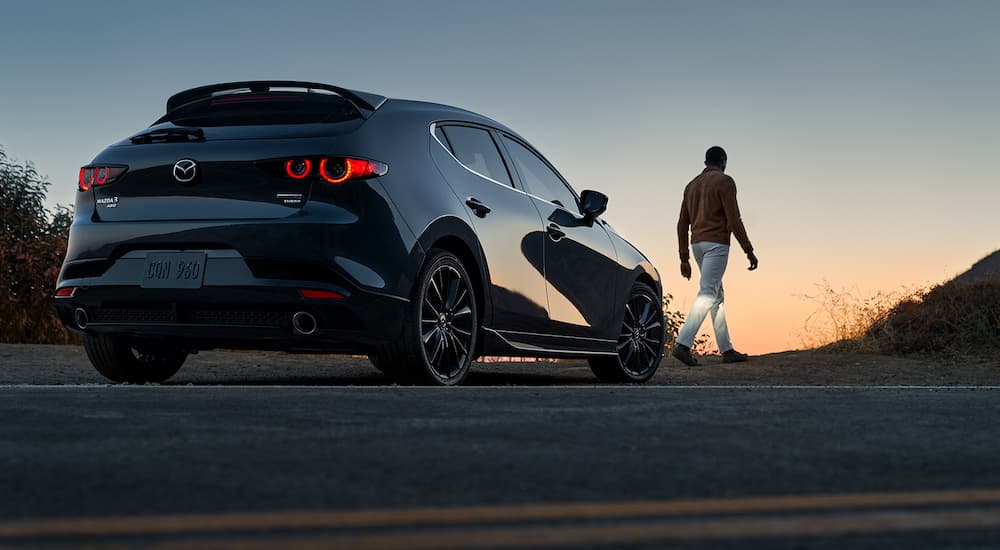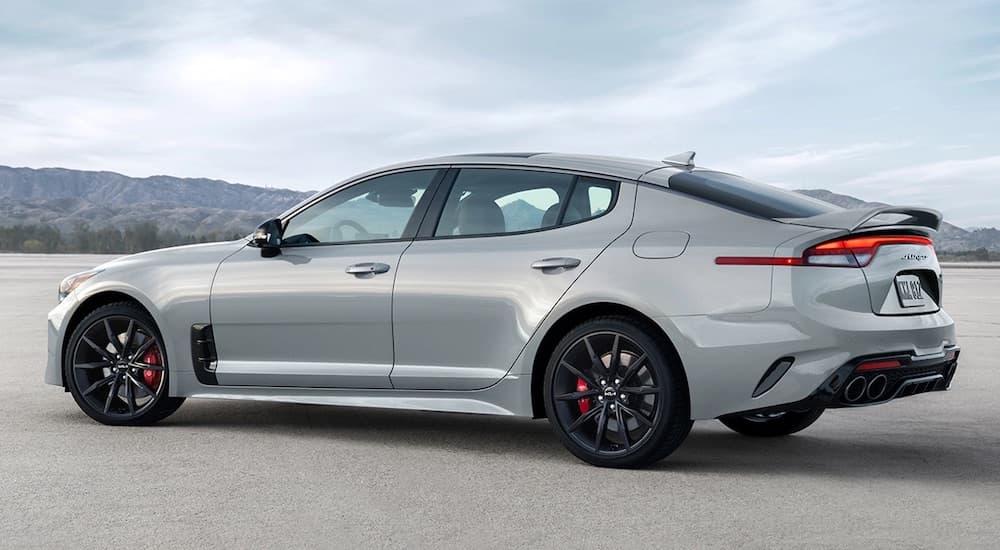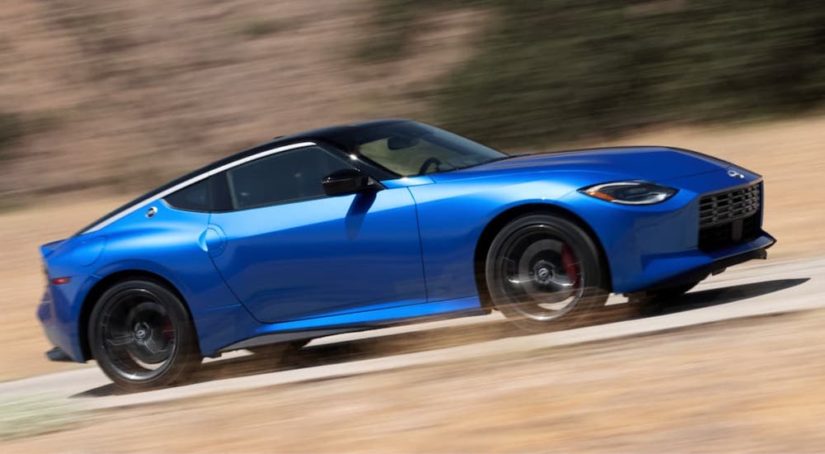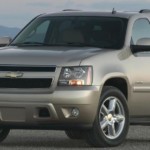Technology advances, and more and more manufacturers are adding turbocharged engines to their lineup. But what does that mean for you, the consumer? Do turbochargers make cars faster? Do turbochargers make cars less reliable? And most importantly, should you buy a turbocharged car? Although turbocharging is certainly here to stay, it is a subject that can draw strong opinions from both sides of the argument. Proponents point out that turbocharging can make engines more powerful and efficient, while critics point out that more complexity often means less reliability and that some of the claims are more illusory than real.
The Magic of Forced Induction
Before we can dive into whether turbocharged cars are a wise investment, it’s time to clear up what exactly a turbocharger is. For an internal combustion engine to produce power, it requires fuel, air, and a spark. The more fuel and air you can pump into an engine, the more power it can produce. The easy way to do this is simply to make the engine larger––a 5.0-liter V8 can hold twice as much fuel and air as a 2.5-liter inline-4 (the total volume of the engine’s cylinders is known as its “displacement” and is typically measured in liters). However, simply making the engine larger is not the only option––engineers can also use “forced induction” to artificially increase the effective volume of the engine.
In simple terms, forced induction covers any method for shoving more air into an engine than it can contain naturally. By far, the most common means of forced induction is the turbocharger, but superchargers can be found on some production vehicles. Most modern turbochargers can roughly double the amount of air drawn into an engine, significantly improving power. Superchargers tend to provide less of a performance boost than turbochargers but can create a more natural driving feel and are more commonly found on sports cars and performance vehicles than trucks and sedans.
The real difference between a turbocharger and a supercharger is that a turbocharger is driven by hot exhaust gasses leaving the engine, taking advantage of otherwise wasted energy. A supercharger is driven by the engine itself (usually through a mechanical linkage, but superchargers powered by a small electric motor are starting to appear), siphoning off energy that could have gone to the wheels. The added efficiency of the turbocharger means that it is the option of choice for modern manufacturers seeking to minimize fuel consumption. However, the average driver is unlikely to notice a major difference between the two types of forced induction from behind the wheel.

High-Speed Performance
Forced induction was first applied to gasoline engines in the early 1900s, soon after the invention of the car itself. However, the primary application of early turbochargers and superchargers was improving the performance of aircraft engines. One of the side effects of forced induction is that it can keep engines running at close to full power even in the thinner air of higher altitudes. This was a critical advancement for propeller-driven aircraft and led to the rapid development of the technology during the World Wars as air forces sought to build fighter and bomber aircraft that could fly faster and climb higher.
On the ground, turbocharging didn’t take off until the 1960s, when Oldsmobile offered a turbocharged V8 in the 1962 Jetfire. The first mass-produced turbocharged car was less than successful, only being offered for two years, but it opened the floodgates. By the 1970s, “turbo” became synonymous with “fast” as models like the iconic 1975 Porsche 911 Turbo began hitting the streets. The 1980s became the gold era of turbocharged performance cars, and they dominated motorsports from Group B to Formula One.
While turbocharged sports cars were certainly fast, they were also notoriously unreliable and difficult to drive. Early turbochargers took time to “spool up,” delivering a sudden burst of power after appreciable “turbo lag.” Combined with their much higher maintenance requirements, this made them rather unsuitable for mass-market cars designed for daily commuting or family road trips.
Improved Efficiency
The idea that turbochargers only belonged in performance cars started to be reexamined in the 2000s as manufacturers sought ways to improve efficiency and meet ever-stricter government fuel economy standards. Developments like sequential turbos and twin-scroll turbos had made turbocharged engines more responsive, and engineering improvements had increased reliability considerably, making it possible to consider putting turbocharged engines into mass-market cars.
The idea behind using a turbocharger to improve efficiency is that it allows a smaller engine to replace a larger engine. For instance, a V8 could be replaced with a turbocharged V6. The addition of forced induction would allow the smaller engine to generate just as much power as the V8 (if not more). However, when that extra power isn’t needed, the turbocharger spools down, and the smaller engine functions like a normal V6, burning much less fuel than the larger V8.
Ford was an early adopter of smaller turbocharged engines with its EcoBoost series, and it provides a perfect example of this theory. In 2010, the F-150 was powered by a 5.4-liter V8 that offered 310 horsepower and got 16 MPG combined. The next year, that engine was replaced by a 3.5-liter EcoBoost V6 with 365 horsepower that got 18 MPG combined. Today, most manufacturers have followed suit, with Chevy, Honda, Kia, and Volkswagen all offering a large number of turbocharged vehicles.
The Drawbacks of Turbocharging
On the surface, turbocharging is an obvious choice. Who would say no to more power and more efficiency? However, there are still many critics of the technology. The most obvious drawback is the added cost and complexity of a turbocharged engine. A turbocharger can add several thousand dollars to the cost of an engine and can have higher maintenance requirements. For instance, the 2022 Kia Forte with its standard 2.0-liter engine requires an oil change every 8,000 miles and new spark plugs at 96,000 miles. The same car with the optional 1.6-liter turbocharged engine has a 6,000-mile oil change interval and needs new spark plugs at 42,000 miles.
The fuel economy gains of a turbocharged engine also tend to be less significant in reality than they are in EPA testing. While the test protocols call for minimal throttle inputs, which puts very little load on the turbochargers, real-world drivers tend to use more of their engines’ capabilities. And if the turbochargers are always spooled up, then the smaller turbocharged engine is burning just as much fuel as a larger non-turbocharged engine producing the same power.
Together, the drawbacks have kept manufacturers such as Toyota and Mazda from adopting turbocharged engines outside of a handful of higher-performance models––and it’s likely not a coincidence that those are two of the highest-ranked manufacturers for long-term reliability. However, even Toyota has begun switching to turbocharged engines on the new 2022 Tundra and 2023 Sequoia. Given Toyota’s dedication to building reliable vehicles, this is likely a sign of how reliable turbochargers have become.

Should You Buy a Turbocharged Car?
While there are drawbacks to turbocharging, the technology is rather well-proven. Ford’s EcoBoost engines have now been out for over a decade, and the high-end luxury brands effectively eliminated non-turbocharged engines from the lineups years ago. Today’s turbocharged cars may require a little more care, but they should be expected to hold up roughly as well as a non-turbocharged car. And while the fuel efficiency of a turbocharged vehicle may not be quite as good as the EPA tests will claim, it is still often better than a larger non-turbocharged engine can offer.
The bottom line is that if you have your eye on a car that you otherwise like, you shouldn’t avoid buying it simply because it is turbocharged. This is particularly true given that more and more manufacturers are moving entirely to turbocharged lineups. Even if you might prefer a non-turbocharged car, avoiding the technology entirely will leave you with far fewer options for your next vehicle. In fact, if you are shopping for a more powerful sporty car, you will have surprisingly few choices that do not have a turbocharged or supercharged engine, given the massive performance advantages that forced induction offers.



